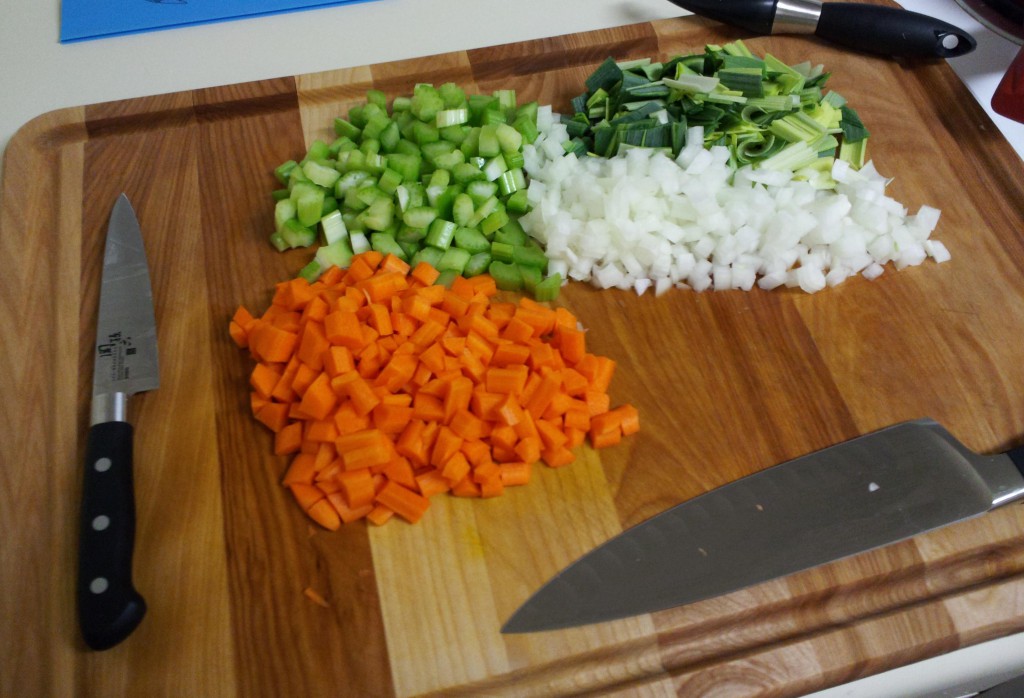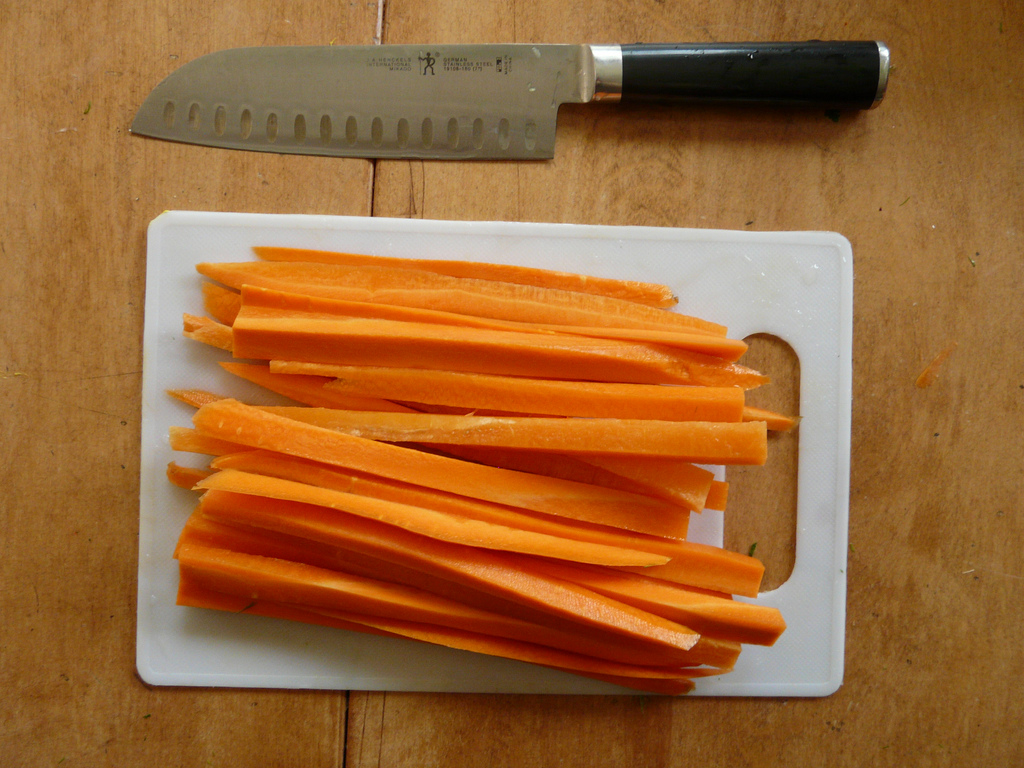I have been asked this question a couple of times and I thought it best to write a short one on the subject for the benefit of some of you out there who might have that thought crossed your mind. So some people don’t give a hoot if they use a plate to slice their meat or vegetables on but as they say, right tool for the right job.
The two most common surfaces used for chopping boards are wood and plastic. Let’s explore the two and then you can decide for yourself which type suits your needs better.
Wood
Wood, has been and always will be the traditional material used. Apart from its aesthetic qualities and how well it looks in almost any kitchen, wooden boards have certain qualities about them that makes it a good choice in any kitchen.
There are basically two types of wooden boards, end-grain and flat-grain.
End-grain boards are made of wood batons that are compressed under high pressure, they do not warp, highly durable and they keep your knife edges sharper longer due to the composition of the wood during compression. These are great for heavy duty use if one does a lot of cutting and chopping.
Flat-grain boards are usually made up of a larger section of wood and they are generally cheaper than end-grain ones for obvious reasons. They are not as durable and tend to wear out over time. However, for use in a home kitchen, these boards will still give you many wonderful years of service lasting for more than a decade at least depending on usage. I have a flat grain board that lasted me for well over 15 years and it is still in great condition even though I cook fairly often.
Caring for your wooden board is simple. hot water and a mild detergent will usually do the trick. A quick wash and they usually dry out quicker than a plastic board. Go easy on the detergent as excessive amounts tend to deplete the natural oils in the wood. On the hygiene front, wood coming from trees naturally contain enzymes that fight bacteria. Think about this, how does a tree combat bacteria? Enzymes in the wood, natural oils already present in the wood. They make an awesome duo.
Plastic
Plastic, being what it is on the other hand is very durable, light and relatively easy to store. Not forgetting that they are hygienic to a certain degree, especially those that have been treated with an anti-bacterial agent. Unlike wood, plastic boards are dishwasher safe and easy to look after. It doesn’t matter if one uses a lot of detergent or have it soaked in the sink for hours. It doesn’t make a difference!
The best advantage that plastic has over wood? A wide range of colors, sizes, shapes and thickness. They are definitely cheaper unless you have a large wad of cash to spare and choose to buy designer brands which is a different story altogether.
The downside of plastic boards is that they should be replaced when there is heavy scarring on the surface as this is where bacteria can start multiplying in crevices and grooves caused by your knife over time.
To surmise, wood is great as it dries out faster leaving less time for bacteria to develop and grow. It has antimicrobial properties which helps eliminate bacteria on the surface. Good wooden boards are ‘self-healing’ and even when heavily scarred from use, they are easier to clean and disinfect.
Plastic is nonporous, easily cleaned and disinfected. They can be treated with an antibacterial agent to prevent bacteria from forming or growing.
They are relatively cheap and can be color coded (eg. red board for meats, brown for fish, green for vegetables…).
There are more comprehensive sources available elsewhere if you need to find out more about choosing between a wooden or plastic board. I suggest you look them up for more information.
You might be interested in this post: Which Knife Do You Need?


